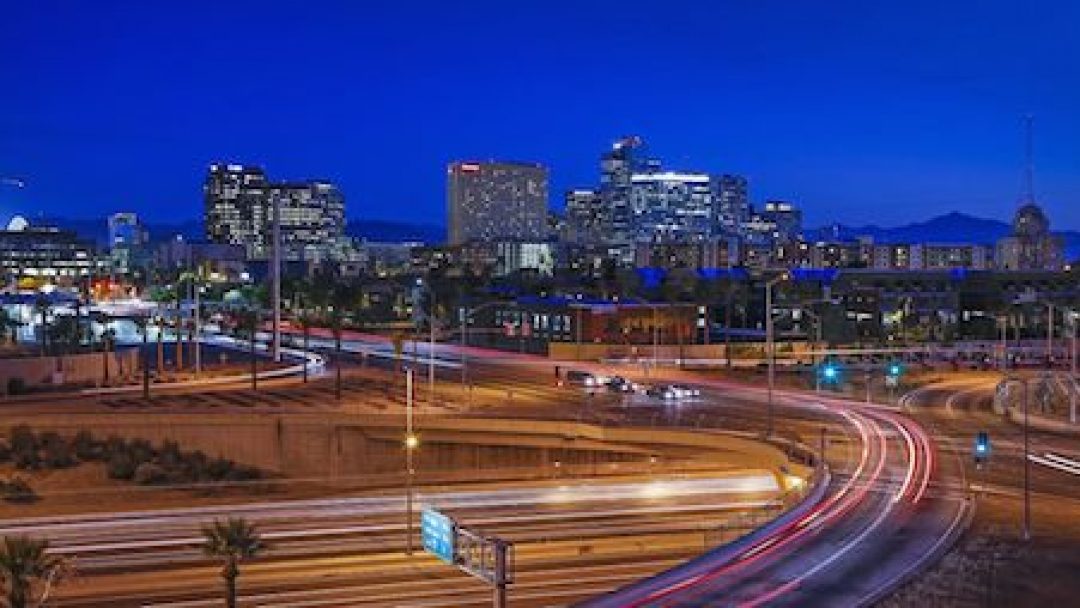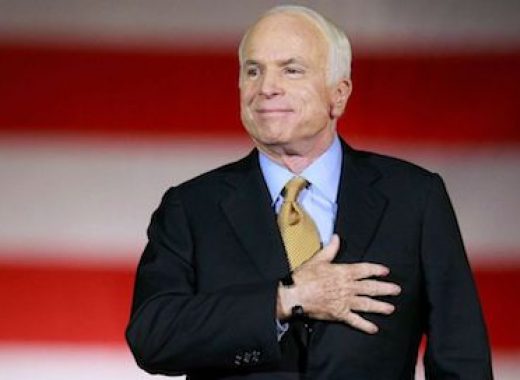From the U.S. Census Bureau, estimates that are to be released on May 25th, show that Phoenix’s population from last July exceeded the population of Philadelphia. The city, who has been the Phoenix’s closest rival in population, took the title of fifth-largest city in 2010 and now has been retained by Phoenix.
Phoenix’s population total from the 2016 data was at 1,615,017.
From July 1, 2015 and July 1, 2016, an average of 88 people per day was added to the city. This statistic reveals a fact for Phoenix that sets the city apart from the nation that based on the numeric increase; it is the fastest-growing city in the United States.
Mayor Greg Stanton said, “It’s a positive thing people are voting with their feet and coming to Phoenix.”
From the Census Bureau, between July 1, 2015 and July 1, 2016, 32,113 moved to Phoenix. All these indicators point to significant growth according to city leaders.
Phoenix Community and Economic Development Director Christine Mackay said, building permits are up, vacancy rates are down and companies are relocating here.
With the friendly competition between Philadelphia and Phoenix still occurring, the official designation is exciting, Mackay said. A new video that is showing city branding will highlight facts about Phoenix including the city being the fifth-largest.
“We’re highly competitive people,” she said.
Phoenix isn’t alone to growing in population in Arizona; Maricopa County has the country’s highest annual population increase among counties which is found from recent census statistics.
In addition, Buckeye will land in a top-10 ranking on the census list. Based upon the percent increase, its population growth is ranked seventh among large cities.
Population estimates this summer will be released by the Census Bureau by age, sex, race, and Hispanic origin.
In Phoenix, the No. 5 ranking isn’t on its own a selling point, but it helps combat the “Wild West” impression people have of Arizona, Mackay said.
The city recently has become home to people and companies from the Bay Area. Mackay goes onto say, while sprawl used to provide a barrier to living here, new construction downtown means Phoenix also offers an urban lifestyle.
Both Stanton and Mackay said the quality of Phoenix is more important than the number of people who live here.
This means to retain people who grew up or were educated in the area along with sustaining the growth.
Stanton said, Phoenix also is working toward a more innovative economy, aided by the fact that the city may be big but is still young.
He goes onto say, “We’re still deciding what we want to be when we grow up.”
Top 10 U.S. cities by population
1. New York: 8,537,673
2. Los Angeles: 3,976,322
3. Chicago: 2,704,958
4. Houston: 2,303,482
5. Phoenix: 1,615,017
6. Philadelphia: 1,567,872
7. San Antonio: 1,492,510
8. San Diego: 1,406,630
9. Dallas: 1,317,929
10. San Jose: 1,025,350
(Source: U.S. Census Bureau 2016 population estimates)








